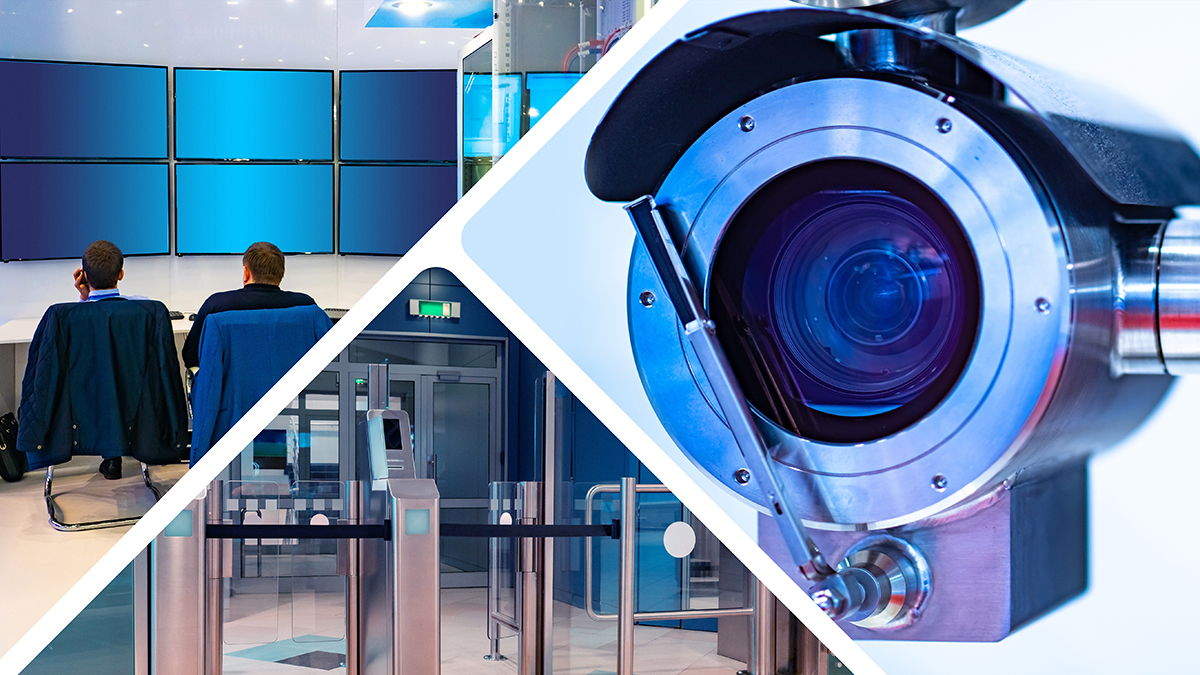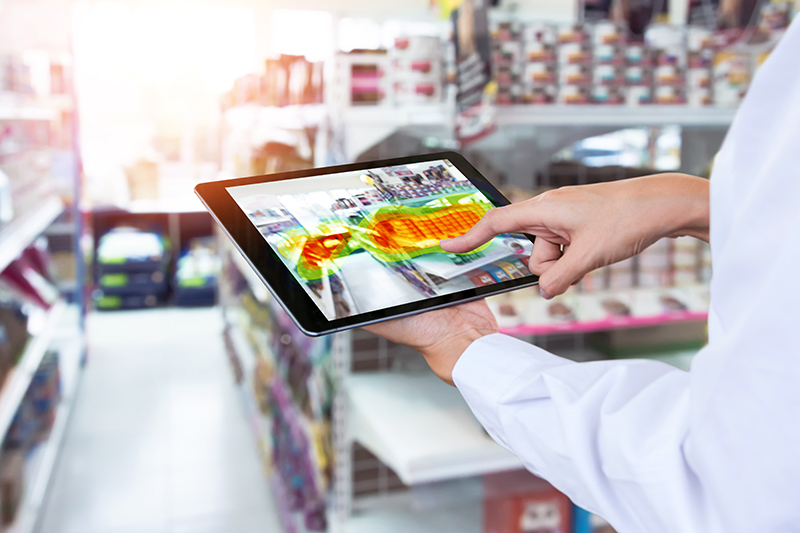The Multifaceted Role of Security Systems: Beyond Crime Prevention to Analytical Data Utilisation

Published: Friday, 11 October 2024
Security systems have traditionally been viewed as mechanisms designed solely to deter and detect criminal activities. With the evolution of the technology, we have found new ways to use these systems beyond their original purpose. Modern security systems have now integrated advanced analytical capabilities, to provide businesses with valuable data to be used for a variety of applications beyond crime prevention. In this article, we will look at the role of security systems, showcasing how they contribute to both safety and data-driven decision-making.
Evolution of security systems
Security systems have come a long way from the standard burglar alarms and CCTV cameras that had a single purpose. Now, innovation has seen sensors, Artificial Intelligence (AI), and data analytics have improved these systems into a sophisticated tool, able to perform complex tasks. With these improvements, it has increased the scope of security systems, enabling to gather and analyse lots of data.
Crime prevention and detection
The core function of security systems remain – to deter criminals and to aid in investigations. Modern cameras will usually be installed with motion detection, remote monitoring, and depending on the camera, thermal imaging. This is to deter potential intruders. Footage provides crucial evidence during an investigation.
Analytical Data capabilities
Asides from their role in crime prevention, security systems are also used as valuable sources of analytical data. With the integration of AI and machine learning algorithms, allow systems to process and analyse data in real-time, providing insights that can be used for various purposes:
Behavioural analysis
Current security systems can analyse patterns in human behaviour. For business and public institutes this helps to understand how people interact with your space. This information can be used to improve customer experiences, optimise layouts, and enhance operational efficiency.
Heat mapping
Heat mapping technology utilises the data from security cameras to track movement patterns and identify key areas with high activity. This is great for retail businesses to understand customer behaviour, optimise store layouts, and to improve their product placement. In an office spaces and public buildings, heat mapping can be used to enhance overall space and to make the building more energy efficient.

Queue management
Current security systems can be equipped with technology that counts number of people. Businesses use this to monitor and manage queues in real-time. By analysing the data, a business can optimise staffing levels to meet demand. This will overall improve customer service and reduce wait times. Places where queue management is crucial benefit a lot from the improved technology. This includes businesses such as retail stores, banks, and airports.
Time and attendance
Access control systems with integrated time and attendance features can streamline employee entry and exit times, simplifying payroll and workforce management. By integrating a biometric system or facial recognition, organisations can accurately monitor when employees arrive and leave. This will help with improving payroll accuracy and to identify trends with punctuality and employees being absent.
Traffic and crowd management
Security cameras and sensors can be used to monitor and manage traffic flow in real-time. This is great for urban planning, event management, and emergency response. This will help to ensure the safety and efficiency of large gatherings and transportation systems.
Operational efficiency
With the data from these security systems, they can be used to monitor employee productivity, streamline operations, and reduce costs. An example of this is analysing footage to help identify bottlenecks in manufacturing processes or improve inventory management in a retail setting.
Predictive maintenance
Internet of Things (IoT) sensors can monitor the health of critical infrastructure. By having your security system set up with these and analysing the data, we are able to find out the performance of your equipment and the environmental conditions. This helps to prevent equipment failures, which reduces downtime and maintenance costs.
Environmental Monitoring
Security systems are also able to monitor the environmental conditions, such as air quality, temperature, and humidity. This information is vital when complying with current regulations, which will help to enhance workplace safety, and helping to contribute with sustainability efforts.
Security systems have evolved significantly, extending beyond just crime prevention to deal with a range of analytical data applications. These systems can provide valuable insights that can drive decision-making, enhance operational efficiency, and improve overall safety and security. As this technology continues to advance, the capabilities of security systems will only expand, further integrating them into various aspects of modern life and business.
YESSS Security is our specialist security division that provides solutions for CCTV, Intruder, Fire, Access Control, and Nurse Call. Our department is a highly experienced team, with years of industry knowledge and is able to provide technical assistance with specialised products and services.

